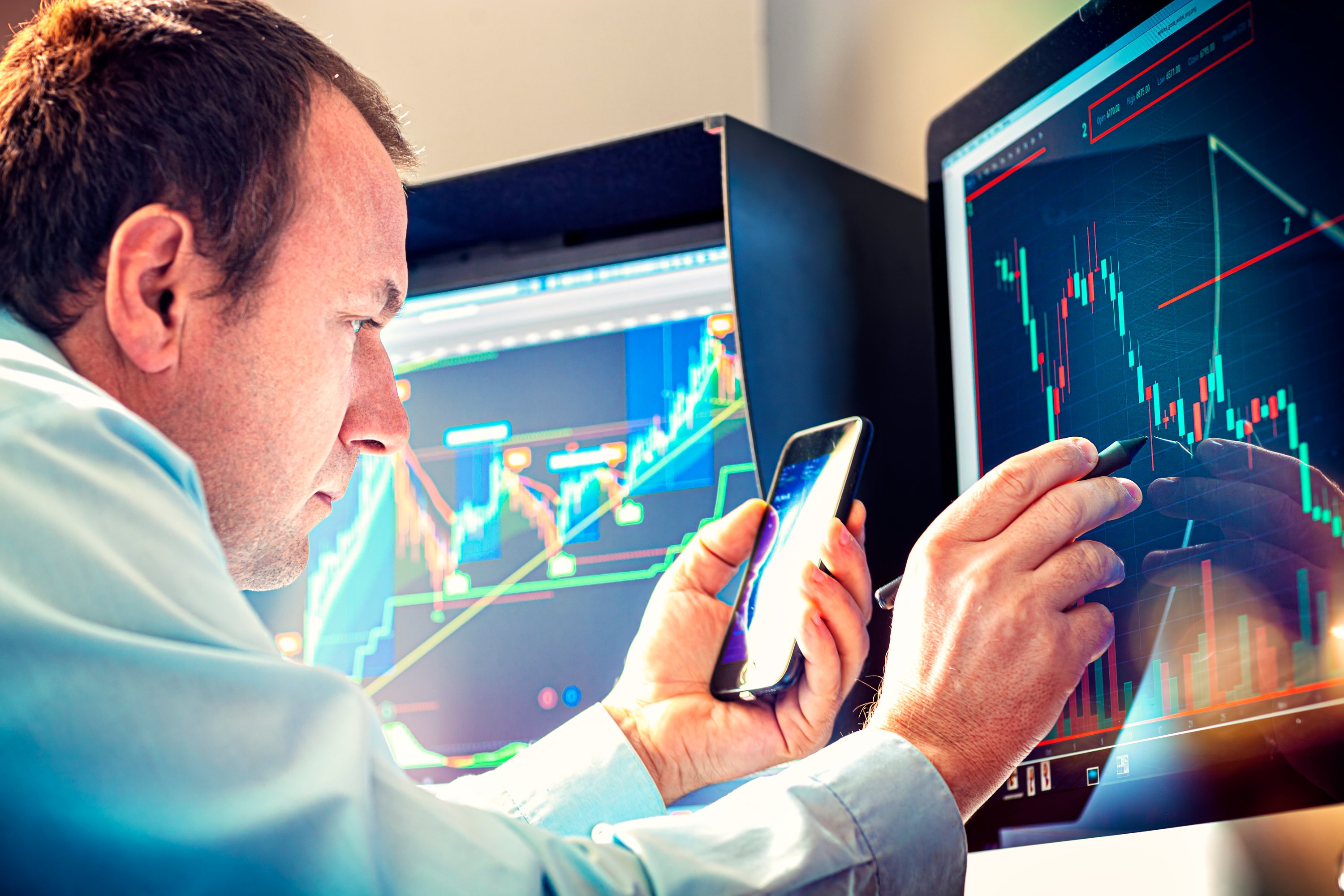Square's (SQ 4.85%) stock recently rallied after the digital payments company posted its first-quarter earnings. Its revenue rose 44% annually to $1.38 billion, beating estimates by $80 million and exceeding its own guidance for 36%-40% growth.
Square's net loss widened from $38 million to $106 million, partly due to higher reserves for transaction and loan losses, as its adjusted EBITDA declined 85% to $9 million. It posted a non-GAAP net loss of $0.02 per share, which missed expectations by $0.15 and marked a steep drop from its profit of $0.11 per share a year ago.
Those numbers were mixed, but Square's business fared better than expected as the COVID-19 crisis halted payments at many of its small to medium-sized merchants. Square didn't offer any guidance for the second quarter or full year, but could brighter days be ahead as businesses reopen across America?

Image source: Getty Images.
Tracking Square's growth engines
Square's gross payment volume (GPV) grew just 14% annually during the first quarter, marking a steep slowdown from its previous quarters. Most of the slowdown occurred during the final two weeks of the quarter when the COVID-19 crisis caused its seller GPV to plunge 35% annually.
|
Growth (YOY) |
Q1 2019 |
Q2 2019 |
Q3 2019 |
Q4 2019 |
Q1 2020 |
|---|---|---|---|---|---|
|
GPV |
27% |
25% |
25% |
25% |
14% |
|
Revenue |
43% |
44% |
44% |
41% |
44% |
|
Revenue (excluding Caviar) |
42% |
45% |
45% |
46% |
51% |
YOY = Year-over-year. Source: Square quarterly earnings reports.
However, its revenue growth -- excluding its sale of the food delivery platform Caviar -- accelerated for the second straight quarter. That growth was fueled by the expansion of Square's subscription and services ecosystem, which generated most of its revenue from the Cash App, Square Capital, and Seller subscription services. The unit's gross margin also expanded annually and sequentially:
|
Subscription and services |
Q1 2019* |
Q2 2019 |
Q3 2019 |
Q4 2019** |
Q1 2020** |
|---|---|---|---|---|---|
|
Growth (YOY) |
97% |
87% |
68% |
78% |
72% |
|
Percentage of Square's revenue |
23% |
21% |
22% |
20% |
21% |
|
Gross margin |
72.3% |
76.1% |
77.1% |
85.3% |
86.3% |
YOY = Year-over-year. Source: Square quarterly earnings reports. *Including Zesty and Weebly acquisitions. **Excluding Caviar.
Square's Cash App, which surpassed PayPal's (PYPL 1.45%) Venmo in total downloads nearly two years ago, grew its gross profit 115% annually during the quarter as it locked more users into its fintech services, which include peer-to-peer payments, free stock trades, and bitcoin purchases. Excluding bitcoin purchases, the app's revenue rose 98% annually.
However, its Instant Deposit and Cash Card revenues were "modestly affected" by the COVID-19 crisis as fewer people deposited checks and more people stayed away from brick-and-mortar retailers. Square also refunded all its Seller subscription fees in March to help merchants cope with the crisis, which temporarily throttled its growth in Seller service revenue, and paused new core flex loan offers at its financing arm Square Capital.
But it's not about the past, it's about the future
Square's business fared well in the first quarter, which ended on March 31, but the second quarter could be tough as the company bears the full impact of the COVID-19 crisis. During the conference call, CFO Amrita Ahuja noted Square's seller GPV declined 39% annually in April, but she also noted most of the drop occurred during a 45% plunge between the last week of March and the first half of April.

Image source: Square.
Ahuja claims the "trend line stabilized at these levels" and the company has seen "improving growth rates since mid-April." She acknowledged that it was "still early and we continue to see daily volatility, but we've been encouraged by these recent trends."
Ahuja notes four tailwinds are stabilizing the business: existing sellers using more omnichannel solutions, new sellers shifting to digital payments during the crisis, a sales boost during Easter, and stimulus checks and loans. Square is also offering more delivery, curbside pickup, and contact-less transaction tools to help merchants remain open during the pandemic.
Ahuja's comments are encouraging, but potential challenges still loom on the horizon. Square's smaller merchants, which generate less than $125,000 in annual GPV and accounted for 48% of its total GPV during the first quarter, could struggle to stay in business as rising unemployment rates curb discretionary spending. And the softness of certain sectors -- like food, beverage, and retail -- could still overwhelm stronger verticals like home, repair, and professional services.
Are brighter days ahead for Square's stock?
Square's stock isn't cheap at more than 110 times next year's non-GAAP earnings forecast. PayPal, which is growing at a slower clip but consistently profitable on a GAAP basis, trades at just over 40 times forward earnings.
Square's stock trades like the storm has already passed, but the company merely stated its business was stabilizing instead of fully recovering. I own shares of Square and believe it's still a great long-term investment, but we could just be passing the eye of the storm before the headwinds accelerate again.







